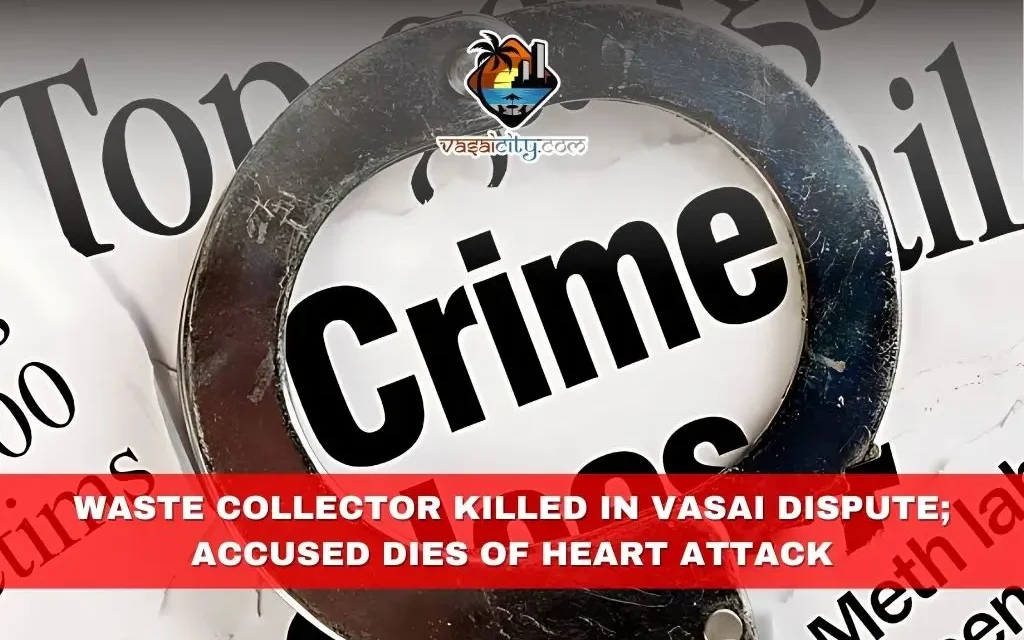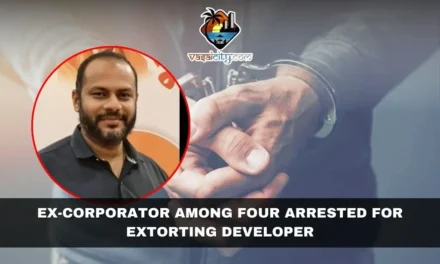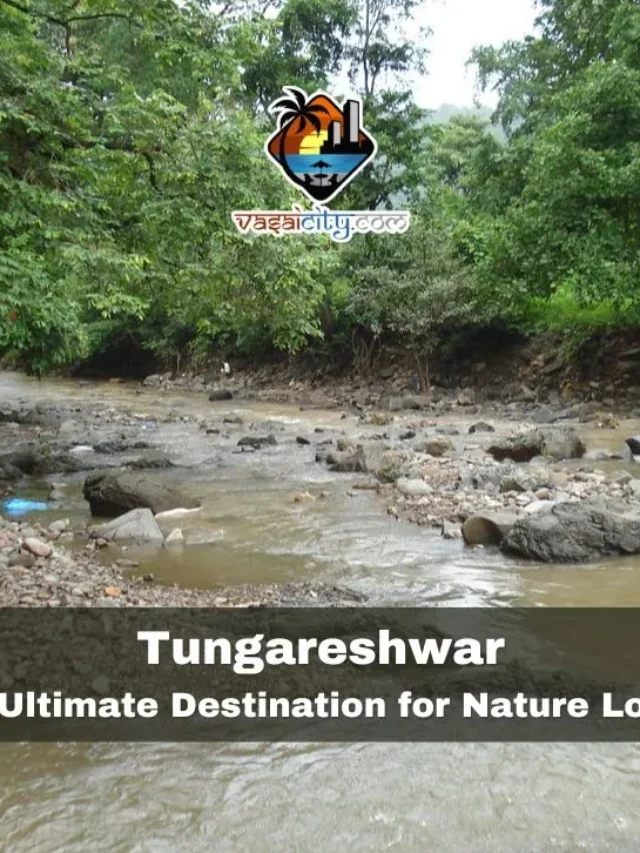Vasai, a bustling town on the outskirts of Mumbai, was recently shaken by a tragic incident involving two waste collectors. The case began with the death of a 45-year-old waste collector named Raju, whose partly burned body was found on a railway footbridge. The incident, which took place on a Friday, escalated from a dispute over work territory between Raju and a 75-year-old ragpicker, Prakash Merwa, who was later identified as the alleged assailant. Just two days after Raju’s body was discovered, Merwa himself died from a heart attack at his home, adding a complex turn to the investigation.
The series of events began on a Friday afternoon, when police from the Vasai Government Railway Police (GRP) received an alert about a body found partially burned on a local footbridge. The discovery came as a shock to the community, where many knew Raju and Merwa as long-standing waste collectors in the area. When the authorities arrived at the scene, they found that the body bore visible injuries, and a quick analysis led to suspicions of foul play. The police launched an investigation, initially treating the incident as an accidental death. However, clues from CCTV footage and witness accounts would soon uncover a far more tragic backstory.
The autopsy conducted shortly after the body’s recovery showed that Raju had died from severe head injuries. This finding prompted the railway police to dig deeper into the case, as accidental death no longer seemed a plausible explanation. With suspicions raised, they examined footage from CCTV cameras placed around the area where Raju’s body was found. This footage proved instrumental: it showed Raju in the company of two other individuals, who were also waste collectors in the neighborhood. The police detained these two men for questioning to find out more about Raju’s last movements and the events that led up to his tragic death.
During questioning, the men revealed details about Raju’s tense relationship with Prakash Merwa. Both men had worked as waste collectors in Vasai for years and were part of a small but competitive community of ragpickers in the area. According to those who knew them, Raju and Merwa had often clashed over territories where they could collect waste. In the informal world of waste collection, territories can be a sensitive issue, as each collector relies on a specific area for their daily income. Though Raju and Merwa would sometimes cover for each other when one of them was unable to work, their territorial disputes had reportedly intensified in recent months.
On November 1, the day of the incident, Merwa had allegedly invited Raju to join him for a drink. It is unclear whether the invitation was intended as a friendly gesture or an attempt to confront Raju. However, what started as a casual drink quickly escalated into a violent altercation. Witnesses say the argument was likely fueled by unresolved issues over territory, leading to a confrontation on the footbridge. During this altercation, Merwa reportedly attacked Raju with a stick, striking him severely on the head. According to the witnesses, Merwa then attempted to hide the evidence by setting Raju’s body on fire before fleeing the scene. Passersby later noticed the smoldering remains and contacted the police, leading to the discovery of Raju’s body.
With Merwa identified as the primary suspect, the police intended to question him further and gather more evidence about the nature of the attack. However, when they reached his home on Sunday, they were met with unexpected news. Merwa had reportedly suffered a heart attack that very morning and had passed away before the police arrived. His family, visibly distressed, informed the authorities of his sudden death. The Valiv police were then notified, and Merwa’s body was sent for an autopsy to confirm the cause of death.
The sudden turn of events left investigators with more questions than answers. The railway police, who initially suspected an accidental death, now faced the complex task of piecing together a case where both the victim and the accused were deceased. The investigators are also examining whether Merwa’s actions were premeditated or the result of a momentary lapse in judgment during a heated argument. Additionally, they are working to identify the chemical or substance used to set Raju’s body on fire, as this could provide clues about Merwa’s intentions and actions in the moments after the attack.
The incident has cast a shadow over the waste collection community in Vasai, where both families have been involved in the trade for generations. While Merwa’s family has stated they were unaware of any involvement he might have had in Raju’s death, they did acknowledge the longstanding territorial disputes between the two men. For many in the community, this tragic incident serves as a somber reminder of the harsh realities faced by those who work in informal sectors like waste collection. Disputes over territory, which can be a lifeline for daily earners, sometimes lead to tensions that can spiral out of control, as seen in this case.
Despite Merwa’s death, the police have officially registered a case of murder against him, recognizing the severity of the crime. The investigation remains open, with authorities still seeking to recover the weapon used in the attack. They are also exploring other avenues to establish a complete picture of the events leading up to Raju’s death. The autopsy report on Merwa will be crucial in determining if there were any factors that might have influenced his sudden death, though preliminary findings point to a heart attack.
The families of both men are left in a state of shock and grief, as they try to come to terms with the losses. For Raju’s family, the tragedy is compounded by the brutal nature of his death, while Merwa’s family must reconcile the fact that he may have been responsible. In a profession marked by its own challenges, this incident has underscored the complexities and tensions that often go unnoticed by the larger public.
The local community in Vasai is awaiting further updates from the police, who continue to investigate the case. This tragic incident has brought to light not only the difficult conditions faced by waste collectors but also the vulnerabilities that accompany their line of work. As the investigation progresses, both families and the community at large are hoping for answers and a sense of closure to what has been a profoundly tragic and unsettling event.














